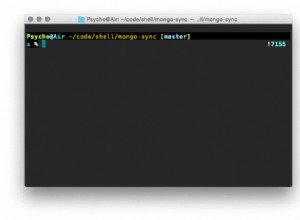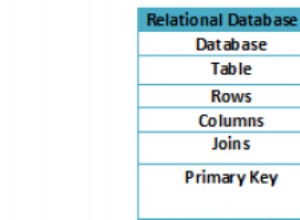Vedi async.whilst
. Vuoi il controllo del flusso di for loop, per il quale fornisce un callback per controllare ogni iterazione del ciclo.
var temphtml = "",
j = 0;
async.whilst(
function() { return j < 3 },
function(callback) {
db.austinsroom.find({"y": j }, {}).sort({"x": 1}, function(err, records)
temphtml += records.map(function(el) {
return el.display;
}).join("") + '<br>';
j++;
callback(err);
});
},
function(err) {
if (err) throw err;
console.log(temphtml);
}
)
O quello o usa Promise.all()
sulla raccolta promette di restituire "un grande risultato". Ma dovresti anche passare a promised-mongo
da mongojs , come l'equivalente più vicino, poiché ci sono più driver mongodb che supportano effettivamente le promesse. Quello è solo il fork diretto di mongojs :
var temphtml = "",
j = 0,
promises = [];
for ( var j=0; j < 3; j++ ) {
promises.push(db.austinsroom.find({"y": j }, {}).sort({"x": 1}).toArray());
promises.push('<br>'); // this will just join in the output
)
Promise.all(promises).then(function(records) {
temphtml += records.map(function(el) {
return el.display;
}).join("");
})
Non esattamente la stessa cosa, dato che è un output di una lista e non tre, ma il punto è che la Promise gli oggetti rinviano fino a quando non vengono effettivamente chiamati per essere risolti, quindi puoi inserire i parametri nel ciclo, ma eseguirlo in un secondo momento.




